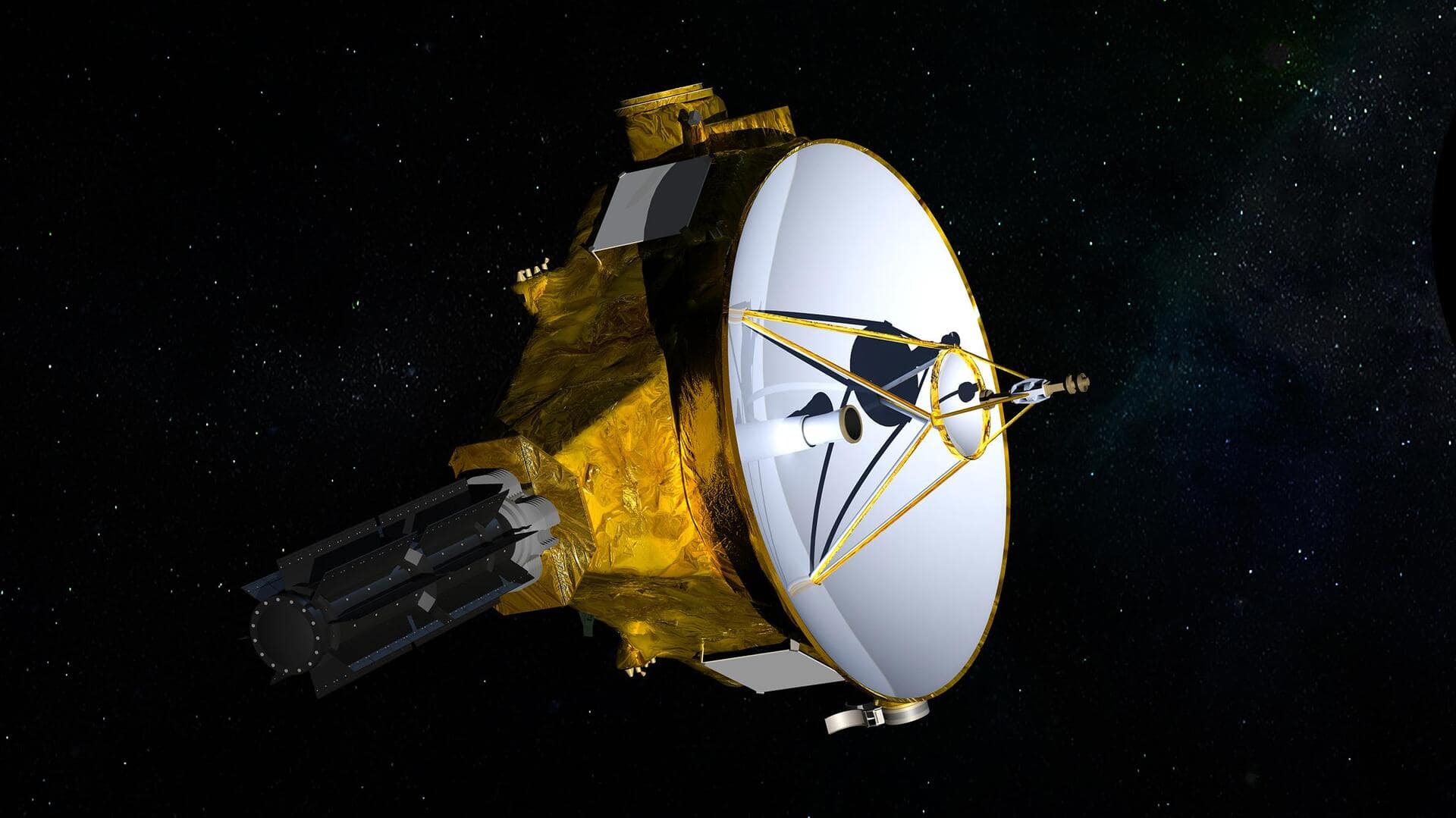
NASA's New Horizons mission extended to explore outer solar system
What's the story
NASA has revealed plans to extend the New Horizons mission, allowing the spacecraft to keep exploring the outer edges of our solar system until it leaves the Kuiper Belt, possibly by 2028. The mission was earlier supposed to end operations at the end of 2024. This change of heart comes after an earlier suggestion to shift the mission's focus to heliophysics. New Horizons is well-known for being the first probe to explore Pluto up close in July 2015.
Mission
New Horizons: Journey and discoveries so far
Launched in January 2006, New Horizons has spent almost 15 years journeying to its current spot in the farthest reaches of our solar system, about 50 times farther than the Sun-Earth distance. The spacecraft has been investigating the Kuiper Belt, a donut-shaped ring of icy objects just beyond Neptune's orbit. These objects are believed to be leftovers from the early days of our solar system, and studying them can help scientists learn about the origins of Earth and neighboring planets.
Details
The extended mission will focus on heliophysics
During this extended phase, New Horizons will focus on gathering heliophysics data, studying the Sun and how it interacts with its surroundings. The spacecraft will work in a low-power mode while observing the Sun. This heliophysics mission is expected to start in 2024. Plus, New Horizons will look for an object in the Kuiper Belt to perform a close flyby, offering more chances for multidisciplinary science.
Insights
The mission is also now planning to observe Saturn
New Horizons made history in 2015 when it visited Pluto, completing the most distant flyby ever. In 2019, it stopped by Arrokoth—a primordial binary object in the Kuiper Belt. Per NASA, Arrokoth is the most distant object ever explored up close. The mission team is now searching for a second flyby target and planning observations of Saturn and its moons. So far, the spacecraft has explored 37 objects in Kuiper Belt, with hundreds of millions more waiting to be discovered.
Facts
'New Horizons can provide extraordinary opportunities for multidisciplinary science'
"The New Horizons mission has a unique position in our solar system to answer important questions about our heliosphere and provide extraordinary opportunities for multidisciplinary science for NASA and the scientific community," said Nicola Fox, Associate Administrator for NASA's Science Mission Directorate. "The agency decided that it was best to extend operations for New Horizons until the spacecraft exits the Kuiper Belt, which is expected in 2028 through 2029."